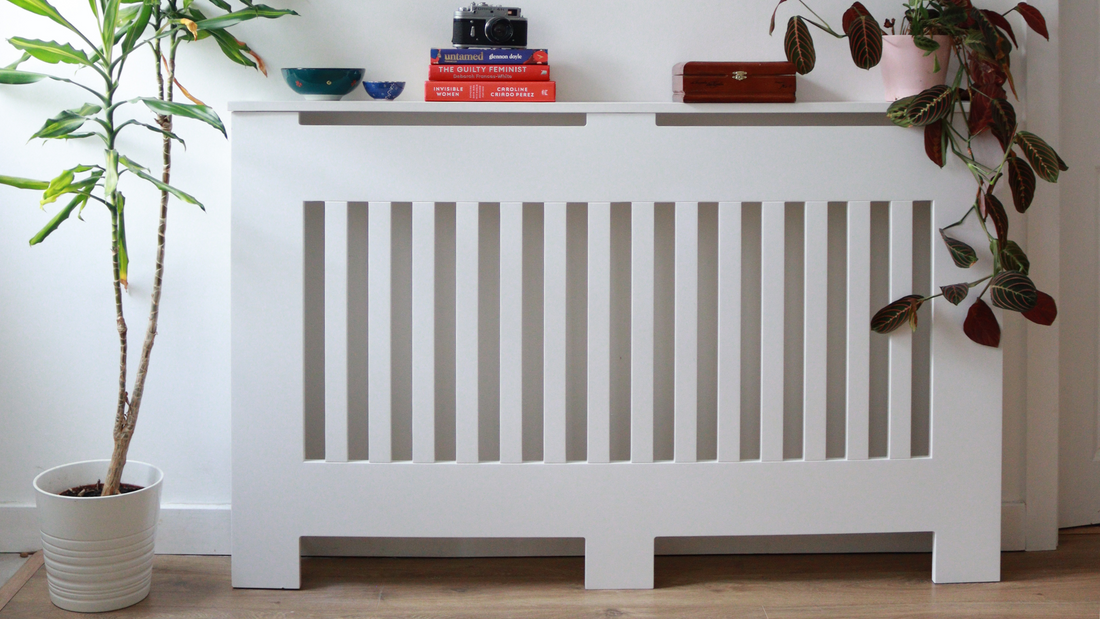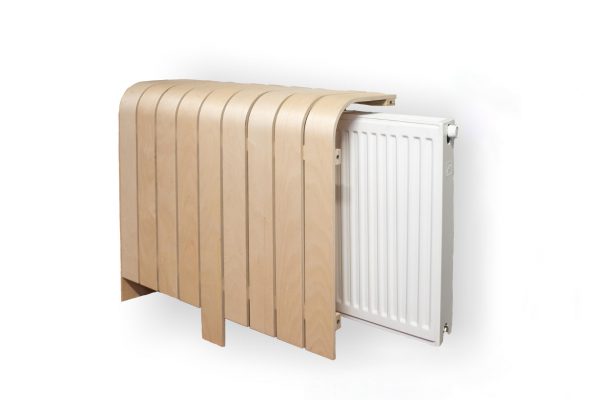Rumored Buzz on Radiator Covers
Wiki Article
Indicators on Radiator Covers You Should Know
Table of ContentsThe Only Guide for Radiator CoversNot known Incorrect Statements About Radiator Covers Examine This Report about Radiator CoversHow Radiator Covers can Save You Time, Stress, and Money.Some Known Questions About Radiator Covers.About Radiator Covers
Over at the Old Residence Internet, Amy Hayden wrote regarding Five Benefits to Making Use Of Radiator Covers. This has started a bit of an argument: Are rad covers useful or do they squander power? Hayden composed, "Radiators are a good source of heat, however they also use up important square video footage ...They might be called radiators, yet they ought to probably be called convectors, considering that the mass of the warmth that we obtain from a typical rad is relocated by convection. In convection, air heated between the fins of the radiator climbs to the ceiling and is bossed around the space in a circle.
The Best Guide To Radiator Covers
Hayden wrote, "Radiator covers with the appropriate support can distribute warm much more successfully than an exposed radiator. As opposed to the warmth going directly to the ceiling, the back permits it to be pressed into the living space." Lloyd Alter It is true that radiators need to have an appropriate reflective backing; I make use of foil-faced bubble cover insulation; it mirrors a little of the emitted warm that would certainly have been taken in by the wall surface back into the room and the radiator.Radiator covers can be valuable in older structures designed after the influenza epidemic of 1918 - radiator covers. As is the case now, wellness authorities thought that fresh air was the method to stay clear of getting diseases and that people ought to rest with open windows. Dan Holohan composes in "The Lost Art of Vapor Heating" that in New York City, the Board of Health ordered that home windows should stay open constantly, and the radiators were made to maintain structures warm on the chilliest day of the year with the home windows open
Fascination About Radiator Covers
Some radiators, like copper finned modern rads, come with integral covers, usually with dampers to adjust the convection; they, like vapor rads, need covers since they are too hot to touch. However, for a typical actors iron rad that finds in old houses, attached to a hydronic system, a cover isn't needed for security.In a recent message, Holohan noted that some radiators can obtain hazardously warm. He defined a suit where a kid rolled off the bed and got stuck in between the radiator and the bed and experienced significant burns. He ended, "If I was a property manager, I would cover all the radiators in the apartment or condos that had youngsters living there.
As a typical home heating appliance, radiators are not there just to look quite however to keep your home warm using all-natural convection. With even more focus on indoor design, these home appliances can prove unattractive and sidetrack from the remainder of the carefully plotted aesthetics of a space. To line up a radiator to the style of the remainder of your area, you can cover one up though this does feature effects for the home heating.
A radiator cover is essentially a method of concealing a radiator to cover it from view. They commonly come in 2 materials, wood and galvanized metal. Wood is taken into consideration one of the most usual product for a radiator cover as it just looks much better. This is although that wood is not a fantastic conductor of warmth however it is excellent for childproofing so is excellent for a young family members.
The Ultimate Guide To Radiator Covers

Not only can they childproof the home appliance and include an aesthetically pleasing design, but a radiator cover can also include additional storage area, particularly in the restroom. With a level surface, you should be able to keep soaps and scents to maintain them within very easy reach. By repurposing the room, the radiator cover can become a makeshift mantelpiece.
That is absolutely the situation with radiator covers and they can restrict the performance of your main heating unit. By interrupting the flow of warm air and the natural convection, you can endure heat loss and reach for the thermostat when you actually ought to not have to. Efficiently, a radiator cover can cost you cash by excessively investing on home heating you are not delighting in.
Unknown Facts About Radiator Covers
These include hemorrhaging the radiators, using reflective support, and maintaining a space for the radiator. The majority of households need to be hemorrhaging their radiators at least once a year.Radiators function by all-natural convection, as cool air sinks to the base of the wall surface, over at this website it enters call with the radiator then warms up and increases as the air ends up being much less dense. The warm air effectively warms go to these guys up an area. However, if you were to place items beside the radiator, such as a couch, or surround one with a radiator cover, then this would certainly hinder the natural convection and you would not have the ability to really feel the complete advantages of the heating.
Radiator covers might be an excellent alternative if you have young kids running around and require a method of avoiding them from shedding themselves on the warm surface. While a cover must look good to conceal a radiator, any kind of product that blocks a home heating appliance will certainly decrease its efficiency. To supply a complete layout, the radiator cover must discuss the shutoffs, along with the heating unit and pipes.
Some Known Factual Statements About Radiator Covers

Which my concern: exactly how do I tackle determining if my radiators should have covers? I have a friend who believes the concern is basic: a cover traps the warmth, so getting rid of the cover will certainly permit the warmth to much better enter the room and will make the radiator much more effective.
Which my question: how do I set about finding out if my radiators should have covers? I have a good friend who thinks the problem is basic: a cover catches the warm, so removing the cover will permit the warm to much better enter the space and will certainly make the radiator a lot more reliable.
And thats my concern: exactly how do I deal with finding out if my radiators should have covers? I have a good friend who believes the problem is simple: a cover catches the warmth, so getting rid of the cover will permit the warm to better go into the area and will make the radiator more effective.
Report this wiki page